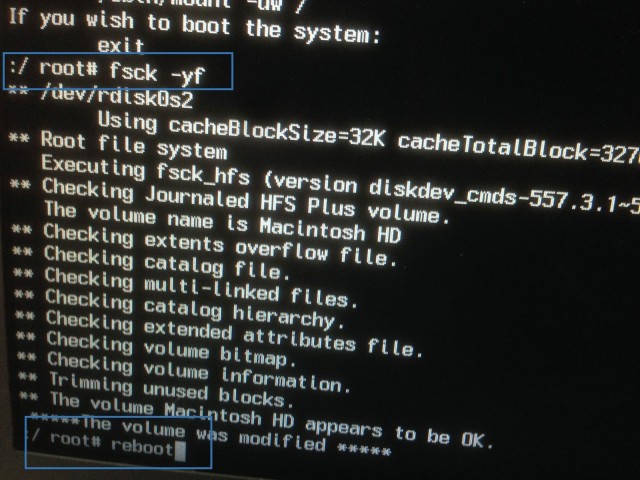A Mac tutorial for PC users or beginners that serves as a basic introduction to Mac OS X. This tutorial will show you how to do the following on Mac OS X: - Access System Preferences (Control Panel) - Set your computer to sleep, restart or shutdown - Log out of the current user account - Use Finder to navigate through the files and folders on your computer - Access the App Store to download applications and programs on Mac - Create a folder - Delete a file or folder and empty the trash - Open Safari and access a webpage or search Google Mac OS X Tutorials Playlist: For behind the scenes and exclusive content: Published by Anson Alexander from.
- What Is Mac Os X
- Introduction To Mac Os X For Windows Users
- Unix For Mac Os X Users With Kevin Skoglund
- Mac Os Versions
Advertisement There are times in life when you find yourself having to use something other than your first choice out of necessity. This is true for computer operating systems too. Most Windows users will probably come into contact with Mac OS X at some point in their lives, and most of them will never have used it before. Luckily we’ve put together a quick start guide for any Windows users daunted by the sight of an Apple operating system. Basic Differences Mac OS X doesn’t have a Start menu (or screen), but instead uses a dock that by default runs along the bottom edge of the screen. Applications are found on the left side, folders and minimised windows appear on the right. Applications that are already running have a dot or line next to them, as you can see in the screenshot below. At the top of the screen is the menu bar, and this is where you will always find the familiar File, Edit, View options for any currently active application. Most of the functions of the Windows system tray can be found in the top-right corner of the menu bar, such as the battery meter, clock and Wi-Fi toggles. Search For Everything Mac OS X has an excellent search engine in the top-right corner of the screen called Spotlight, so if you’re ever wondering where something is then all you need to do is search for it.
What Is Mac Os X

Introduction To Mac Os X For Windows Users
MacOS (originally named 'Mac OS X' until 2012 and then 'OS X' until 2016) is the current Mac operating system that officially succeeded the classic Mac OS in 2001. Although the system was originally marketed as simply 'version 10' of Mac OS, it has a history that is largely independent of the classic Mac OS.
In this case, if you change the password on your local ID copy or your administrator changes the password on the copy of the ID in the vault, you can log in to Notes from any workstation using the new password if your Notes client is connected to the network. Change the password for a protected notebook section. If the password for a protected section in your notebook is no longer secure (for example, you realize that someone has watched you type the password), you can easily change it to something else and keep the notes in that section protected. :max_bytes(150000):strip_icc()/notes-app-share-sheet-5924243d3df78cf5fa67f52f.jpg)
Unix For Mac Os X Users With Kevin Skoglund
Unix for Mac OS X Users unlocks the powerful capabilities of Unix that underlie Mac OS X, teaching how to use command-line syntax to perform common tasks such as file management, data entry, and text manipulation. To automatically install macOS updates in the future, including apps downloaded from the App Store, select ”Automatically keep my Mac up to date” from Software Update in System Preferences. Mac veterans have been singing Alfred's praises for years, but some of Apple’s newer users might not have heard about the mighty app launcher. Free to all but the most serious professionals.
Mac Os Versions
At any point, hit command+spacebar to reveal Spotlight or click the magnifying glass icon in the corner. Type whatever it is you’re looking for – an application, document name, system setting and so on – and let OS X do the work for you. Once you’ve found what you’re looking for, you can reveal its location in Finder by holding the command key while selecting it. Download best music cd burning software for mac. Keyboard & Mouse The command key now performs much of the tasks the Windows key did on Microsoft keyboards, option is equivalent to Alt and there’s no backspace key – just a delete. If you’re used to a non-US keyboard, you’ll have to adjust to the @ symbol now being above the number 2. Instead of using alt+tab to cycle applications, Mac OS X uses command+tab. You can still right-click on a Mac, and if you’re using a mouse that’s exactly where you’ll find it.